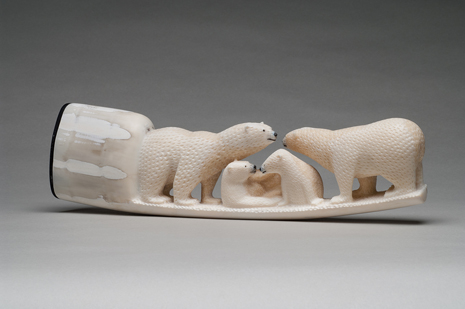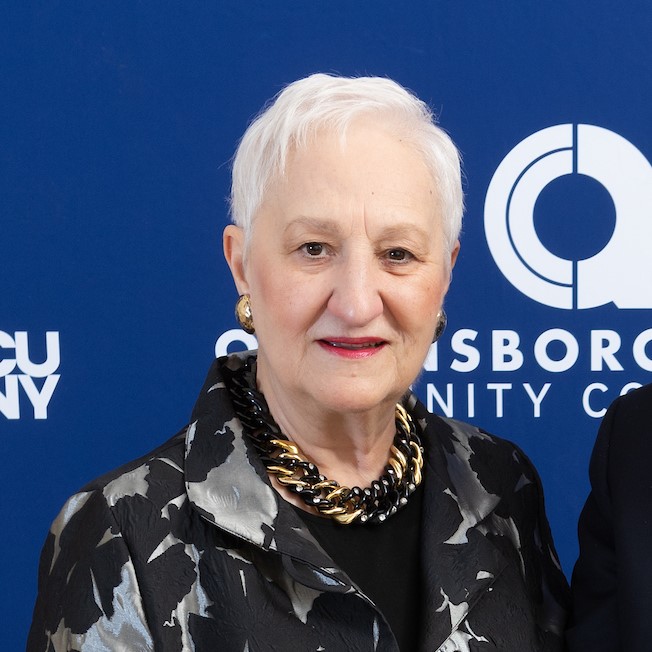The Carving Life exhibition showcases the art of Inuit carvers from St. Lawrence Island in the Bering Sea and other communities along the northwest coast of Alaska. This art, created and fashioned out of walrus ivory or bone, is part of the ongoing narrative of the Alaska Inuit. Their trajectory over millennia speaks of humanity fully engaged in a life rooted in their environment and all that it offered to ensure survival. The Inuit’s daily life, their belief system, their traditions and rituals were intimately bound to the land, the sea and the animals they hunted, all for the benefit of the community. Over time, the significant impact of contact with outsiders and eventual accession to statehood upended their existence. In addition, their culture changed markedly with exposure to expanded communication and transportation, formalized education, and other technological, environmental, and political realities.
The Alaska Inuit now live in a world both ancient and modern. Where in the past they fashioned ivory pieces for their own daily use, for rituals or for play, they now fashion them for the market so they can supplement their earnings. Carving ivory, or better yet, carving life, the life they knew and are loath to lose is only one way to adjust to the new realities. Artistic ingenuity and individual expression is made manifest through each carver’s distinctive style.
These carvings articulate all that the Inuit have endured and achieved over time, all that they are struggling to achieve today. Timeless and meaningful, these sculptures are gifts given and gifts received: gifts of revelation of a people’s life on the one hand and gifts of understanding and respect on the other.
One cannot erase the past, and the present offers many challenges, but there is something in the spirit of a people that is carried forward through the ages. In her 2006 book, Alaska Native Art, Susan Fair states that for native societies, objects are usually even when they are made for sale not just things. They are stories about the people who made them, stories by those people, stories about the places where they were made. They are tales about the past and recognition of the future.
These carvings and carvers need to be celebrated. Should their way of life be totally erased by modernity; should the Arctic ice become all water; should the walrus no longer swim by the shores of St. Lawrence Island, one of the most tangible links left to the Inuit soul will be their artwork.


